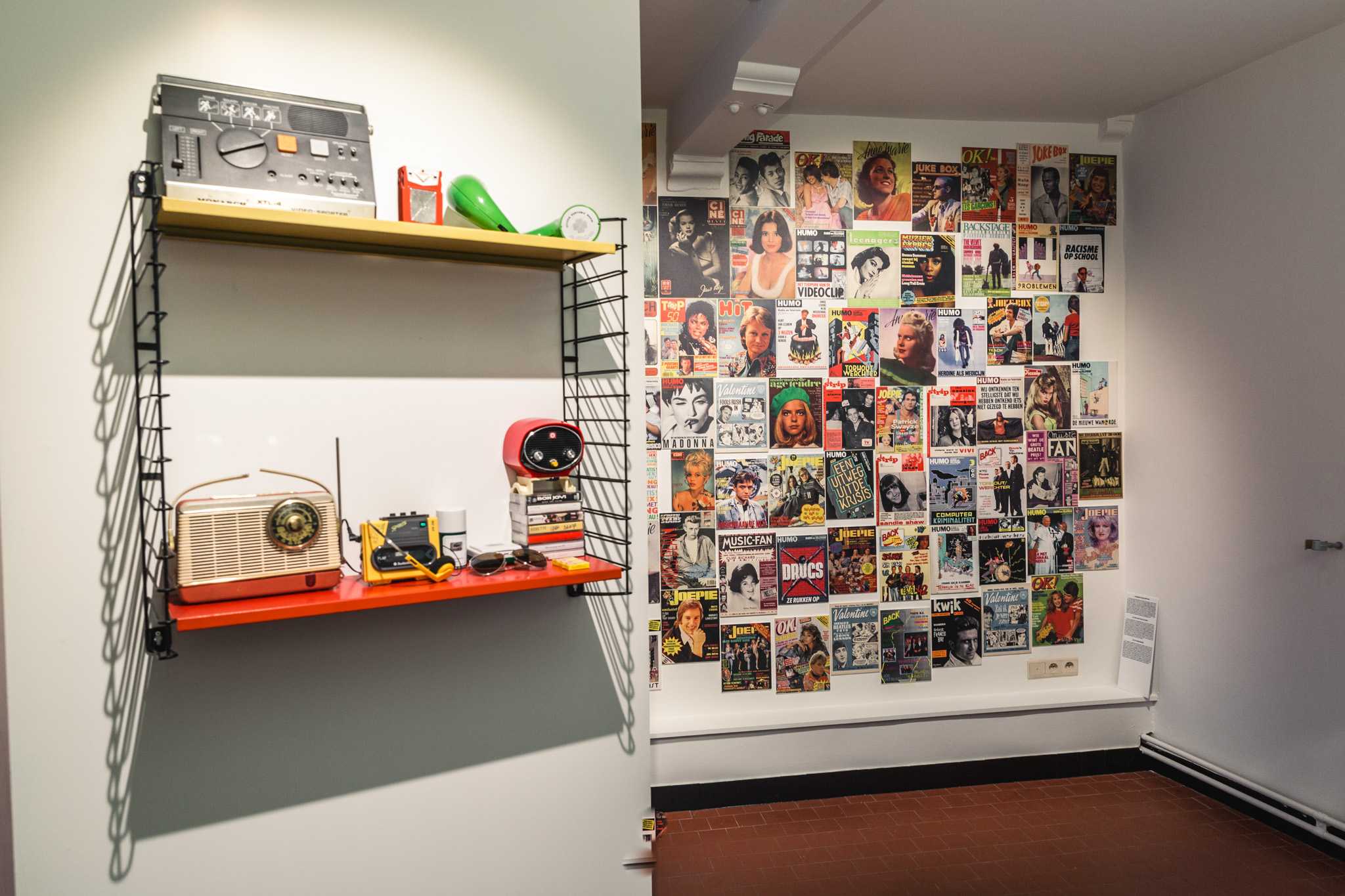The Huis van Alijn or Museum of Popular Culture is located on the Kraanlei in Ghent, Belgium.
The Museum of Popular Life, one of the largest of its kind in Belgium, is housed in a former 14th-century care facility. This jewel of the Patershol district consists of 18 small buildings arranged around a patio.
It was built in the second half of the 14th century by the Rijm family to redeem itself against Count Louis de Male following the murder, perpetrated due to a family dispute, of his two sons. In fact, the conditions of grace in the county required the construction of a care facility for 18 elderly and destitute women.
In the 16th century, when the hospice had fallen into disrepair, two other patrician families undertook to restore it by building eight other structures and, in 1543, they also added a chapel (in Renaissance style, but with Gothic windows).
After the last boarders left in 1863, the hospice was sold in 1883 and transformed into a house and chapel into a carpentry workshop.
Acquired by the municipality in 1941 and restored in 1962, the Alijn hospice has since hosted the Museum of popular life, successor to the old folklore museum, founded in 1932. The museum intends to provide an overview of everyday life of ordinary people in an environment urban around 1900. More recently, however, the museum has extended its attention to more recent periods.
Inside the museum, the route is divided into four major themes: the main stages of life and the rites of transition from birth to death, popular festivals, religious culture and economics and commerce.
Museum of Popular Culture
Kraanlei 65, 9000 Ghent, Belgium

- Monday:
-
09:00 - 17:00
- Tuesday:
-
09:00 - 17:00
- Wednesday:
- Closed
- Thursday:
-
09:00 - 17:00
- Friday:
-
09:00 - 17:00
- Saturday:
-
10:00 - 18:00
- Sunday:
-
10:00 - 18:00









